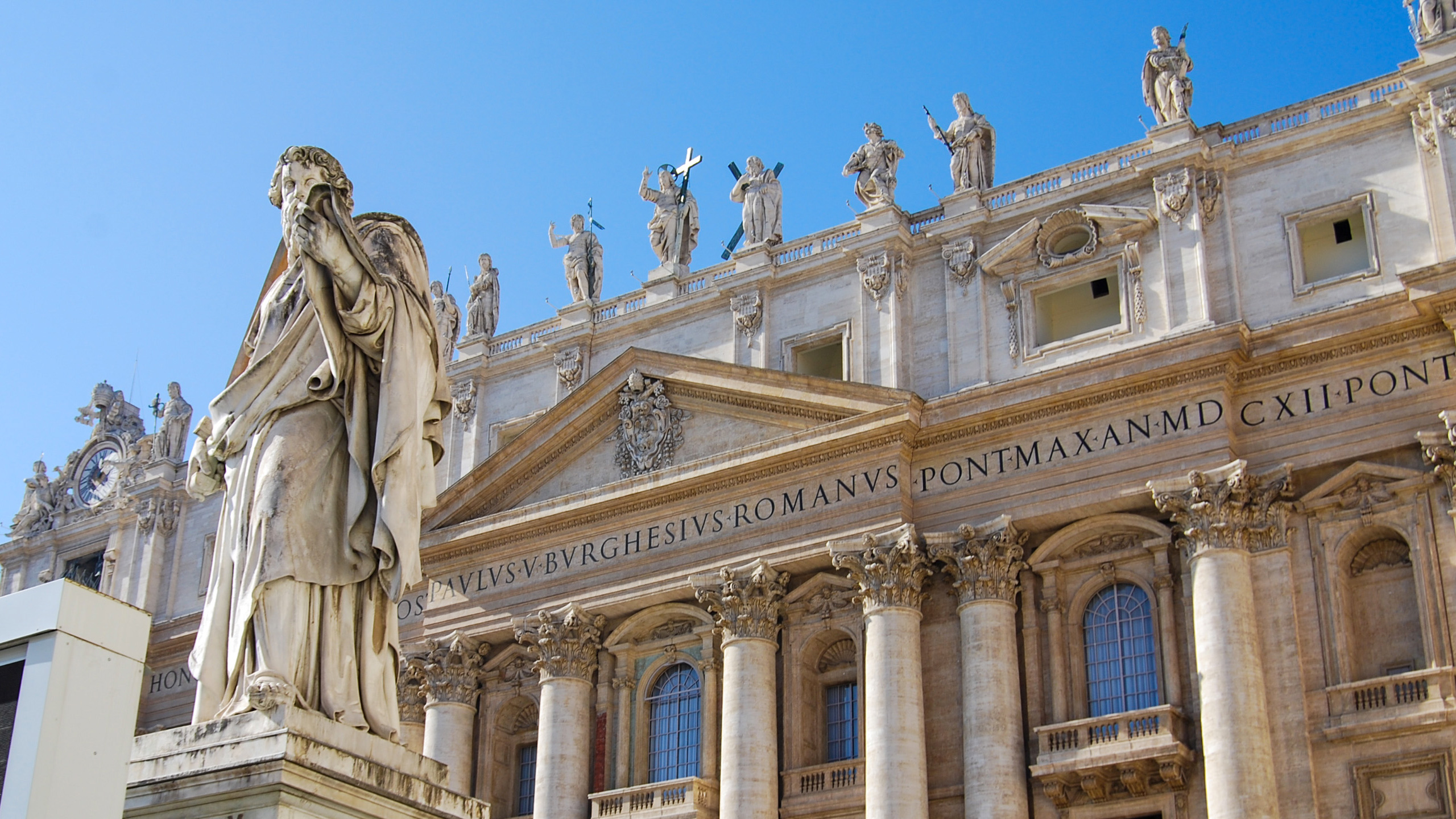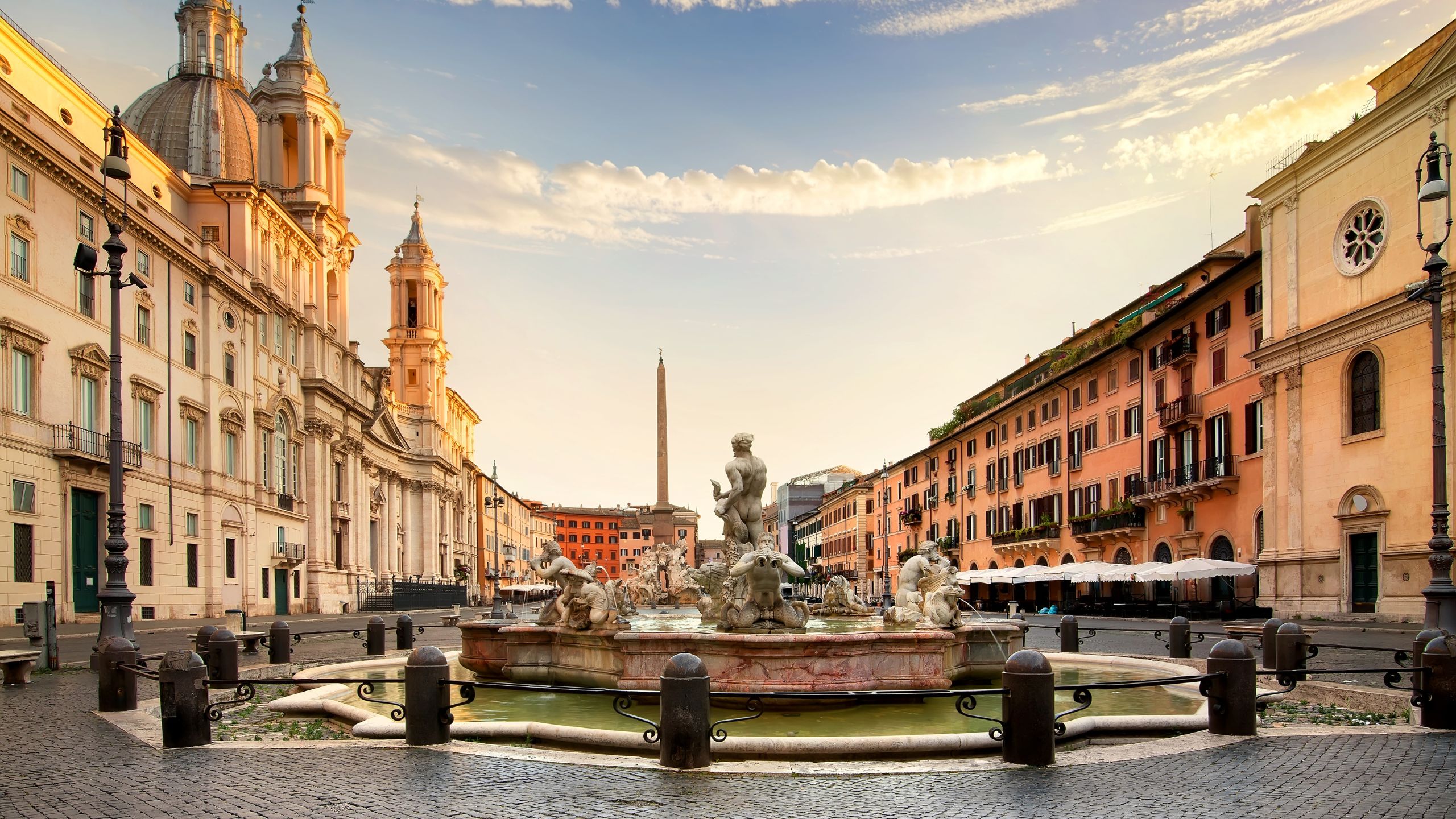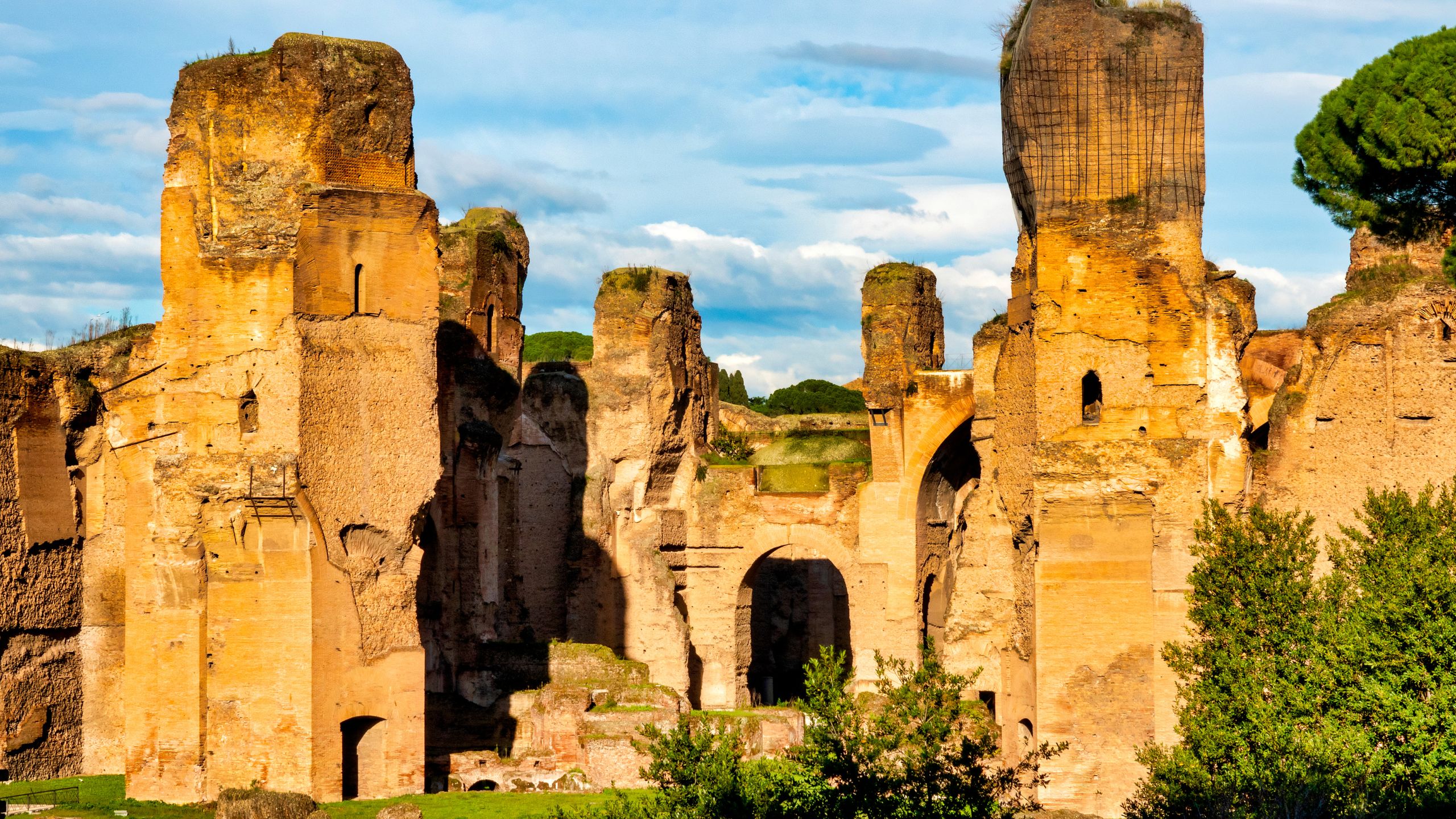A Stroll through Rome: Exploring the mysterious underground of St Peter’s Basilica
St Peter’s Basilica, an undisputed icon of the city of Rome, reveals to visitors another fascinating and little known dimension: its underground. Exploring these places offers an unparalleled experience, revealing historical aspects of the capital that no one could ever imagine. Here is a brief guide to the secrets of the St Peter’s Basilica.
A journey in the underground necropolis
Under the imposing St Peter’s Basilica, in relatively recent times, around 1939, a random discovery was made: a necropolis of extraordinary antiquity. At that time, Pope Pius XII, with the intention of restructuring some underground rooms for his future burial, found himself in front of too narrow spaces. It was decided to remove the floor to enlarge the room that would house the tomb.
It was during this process that a vast complex came to light that, in the past, had served as a burial place for the Christian faithful of Rome, probably dating back to the time of persecution. The necropolis covers a large area and consists of a central nave for the passage and two rows of funerary buildings, each containing numerous cells. Unlike other necropolis found in the Roman area, characterized by an austere atmosphere, the necropolis of Saint Peter’s Basilica offers visitors the fascinating spectacle of walls decorated with beautiful paintings and even polychrome mosaics in some places.
The arrangement of the tombs, which can be dated between the second century and the beginning of the fourth century AD, proceeds from west to east, also covering a small hill that over the centuries had been leveled to make room for the construction of the Basilica. It is likely that under this hill there are still many treasures to discover, but experts carefully evaluate the best solutions to be able to proceed in excavations without compromising the stability of the building of worship. Inside the necropolis, there is a particular atmosphere, accentuated also by the shadows that surround the underground environments.
Discovering the tomb of Saint Peter in the depths of the Basilica
The highlight of the visit to the necropolis of Saint Peter’s Basilica can be reached when you approach the tomb of the saint who gives his name to the Basilica. During the excavations of the basement of the structure, archaeologists made a significant discovery: a tomb separated from the others by a wall called "wall of respect", surrounded by a series of tombs that were oriented towards this main. The wall was covered with a layer of red plaster, on which were engraved various phrases, all with references to Peter, Christ and Mary.
It did not take long to understand that they stood in front of the famous "red wall" of the aedicule of Gaius, mentioned in numerous sacred texts, which had been erected to indicate the presence of the tomb of the apostle Peter. Once inside the tomb, a simple niche was discovered that contained the saint’s bones, in tune with the vow of poverty that Peter had maintained throughout his life. Next to the tomb was a small and modest altar, consisting of small marble columns, probably to signal the place of worship. The official announcement was made by Pope Pius XII in 1950, at the opening of the Holy Year. Today, the tomb remains in its original position, protected by a transparent plexiglas box to preserve it from the wear and tear of visitors and time.
Above the tomb, however, was placed a precious Byzantine mosaic in gold depicting Christ, while the tomb is constantly illuminated by the light of 99 votive lamps. The visit to the tomb of Saint Peter is certainly a moment of great suggestion, both for believers and for those who are not.
Exploring the magnificent St Peter’s Basilica
You cannot visit the basement of St Peter’s Basilica without also exploring the interior of the same basilica, one of the main places of worship for the Christian religion. Located in the center of Vatican City and facing the beautiful St Peter’s Square, where the faithful gather every Sunday to attend the papal mass, the basilica was commissioned by Pope Julius II in 1506 and the work lasted over a hundred years.
It is evident, considering the presence of the underground necropolis, that the place chosen was already a previous site of worship. Artists of the calibre of Michelangelo and Bramante alternated as heads of works, helping to create the masterpiece that we all know today. The Basilica has a Greek cross plan and a majestic dome that can be recognized from anywhere in Rome.
Along the nave there are 45 altars and 11 chapels, which house works of art of all kinds, from paintings to sculptures. The main façade of the Basilica is characterized by a colonnade of high columns entirely made of marble. These columns delimit the Loggia delle Benedizioni, famous for being the place from which the name of the new pope is announced every time he is elected.
The perfect accommodation to explore the underground of St Peter’s Basilica
If you want to discover the hidden wonders of the underground of St Peter’s Basilica, in addition to exploring the enchanting places of Rome, it is advisable to plan a holiday of at least a few days to fully enjoy all that the city has to offer. For your stay, you can opt for the "Rome with View" rooms in Rome, which offer ideal accommodation and a breathtaking view.
Located in the heart of the city, these rooms will allow you to easily reach all major attractions. In addition, they offer a comfortable and welcoming environment, ensuring a pleasant stay.
For more information about the hotel, including prices and room availability, please contact "Rome with View".




